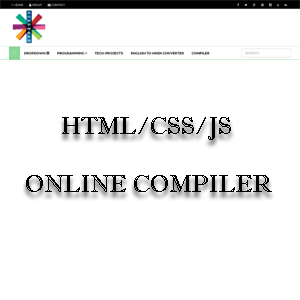How to Implement Design Patterns in Spring Boots Application
In a Spring Boot web project, design patterns are essential to create a maintainable, scalable, and testable application.
Below are some common design patterns and how you can implement them in a Spring Boot project:
Singleton PatternThe Singleton pattern ensures a class has only one instance and provides a global point of access to it. In Spring, beans are singleton by default.
For Example :
Factory Pattern
The Factory pattern is used to create objects without specifying the exact class of object that will be created.
Singleton PatternThe Singleton pattern ensures a class has only one instance and provides a global point of access to it. In Spring, beans are singleton by default.
For Example :
Factory Pattern
The Factory pattern is used to create objects without specifying the exact class of object that will be created.
For Example :
Usage in a Controller
Prototype Pattern
The Prototype pattern is used to create a new instance of a class by copying or cloning an existing instance.
Usage in a Controller
Prototype Pattern
The Prototype pattern is used to create a new instance of a class by copying or cloning an existing instance.
For Example :
Adapter Pattern
The Adapter pattern allows incompatible interfaces to work together. In a Spring Boot project, it can be used to integrate third-party libraries.
Adapter Pattern
The Adapter pattern allows incompatible interfaces to work together. In a Spring Boot project, it can be used to integrate third-party libraries.
For Example :Suppose you have an external logging service that doesn't fit directly into your logging system.
Usage:
Decorator Pattern
The Decorator pattern is used to add behavior to individual objects without affecting the behavior of other objects from the same class.
Example:
Usage:
Decorator Pattern
The Decorator pattern is used to add behavior to individual objects without affecting the behavior of other objects from the same class.
Example:
Observer Pattern
The Observer pattern allows an object to notify other objects when its state changes.
Example:
Usage in a Service:
Template Method Pattern
The Template Method pattern defines the skeleton of an al algorithm in a method, deferring some steps to subclasses.
Example:
Usage:
Conclusion: Design patterns are critical in developing well-structured, maintainable, and flexible Spring Boot applications. They help in decoupling components, reusing code, and making the application easier to understand and extend. By leveraging these patterns in your Spring Boot project, you can achieve better code organization and more effective application design.
Subscribe to:
Post Comments
(
Atom
)





learn and ask something
ReplyDelete